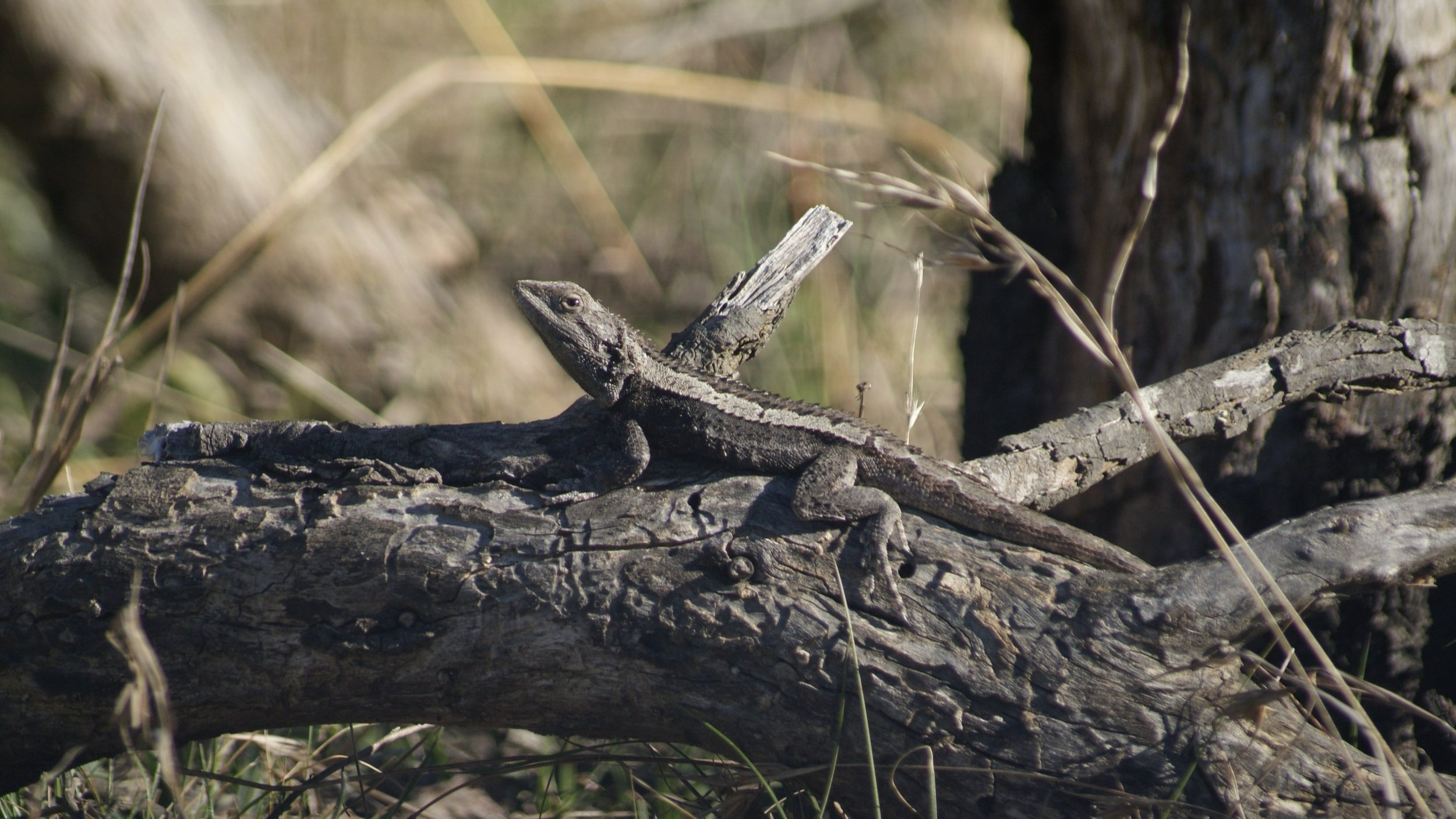
Farm Dams
Improving your farm dam
Dams are a common feature on properties large and small, providing water for animals and gardens. Farm Dams are the biggest emitters of greenhouse gases. According to research, farm dams in Victoria produce greenhouse gases equivalent to 385,000 cars each day! Greenhouse gas emissions can be reduced by up to 50% by reducing stock access and planting indigenous vegetation.
The following information outlines the range of benefits to animals and the landscape from the enhancement of dams. Changes such as, fencing, excluding stock, and planting can greatly enhance the surrounding landscape and improve water quality.
The benefits
Reduced evaporation
Water quality
Increased water retention
Dam stability; removing stock access means hooved animals are not damaging the edges of the dam, grasses are able to grow and hold on to soils, reducing erosion, sedimentation and turbidity of the dam water. Grasses help to filter water and remove excessive nutrients from entering the water.
Shade and shelter for stock whilst dam fencing keeps them from camping directly under trees and damaging plants.
Habitat for native insects, birds and ground dwelling animals.
Increased biodiversity; the presence of shrubs and grasses and clean water provides a pocket of diversity within a paddock. Insects, birds and animals will make use of these pockets of vegetation.
Increased value of land asset; healthy dams, with no erosion and clean water are far more valuable than a dam requiring maintenance or intervention to repair. Vegetated farm dams are far more aesthetically pleasing.
Reduced greenhouse gas emissions
Farm dam improvements
Exclude or reduce stock access
Troughs
Vegetation
Snags and logs
Varying water depths
Pumping water from a fenced dam to a trough for stock;
Stock prefer trough water over water sourced from an open dam as it is clean, cool and well aerated.
Animal health increases when drinking water is trough fed.
Excluding stock has a number of positive outcomes,
Dams are free from hoofed animals, Trampling dam edges, damaging walls, breaking soil underfoot and pushing it in to the water.
Excluding stock keeps animal waste out of the water, reducing nutrient loads and increasing water quality.
Fenced and vegetated dams provide fantastic habitat for wildlife, safe havens protecting native wildlife in farming landscapes.
Establishing vegetation around a dam is key to reducing evaporation and improving water quality;
Vegetation, often eaten or trampled by stock, is able to establish around the waters edge, stabilising dam edges.
vegetation, particularly at dam inflow points filters and aerates water flowing into the dam, reducing unwanted nutrients and sediment from animal waste and runoff.
Once stock are excluded native grasses, sedges and other aquatic plant species often regenerate.
Vegetation slows wind speeds across the surface of the dam, significantly reducing evaporation and water loss.
Planting shrubs around dam edges and trees further back, in the direction of prevailing or summer winds, creates shade and further reduces wind, keeping water cool.
Pockets of habitat with access to water promotes biodiversity and stepping stones for wildlife across farming landscapes.
A deep dam with a small surface area reduces evaporation rates and keeps water cool.
Dams with shallow points provides areas for grasses and aquatic plants to grow. This provides habitat for beneficial insects and frogs as well as attracting a range of birdlife.
Woody debris is often an unwanted feature on a farm, in areas of stock exclusion and vegetation woody debris can be a positive feature.
Add snags, woody debris and logs to encourage ground dwelling wildlife
Woody debris promotes mycorrhizal processes, helping to break down biomass, improving soils and forming mutually beneficial or symbiotic relationships with surrounding plants.
Resources and reading
Sustainable Farms - Enhancing farm dams
Glenroy Hills Case Study
Healthy dams means healthy farms
The Ground Storey - Wildlife benefit from woody debris





